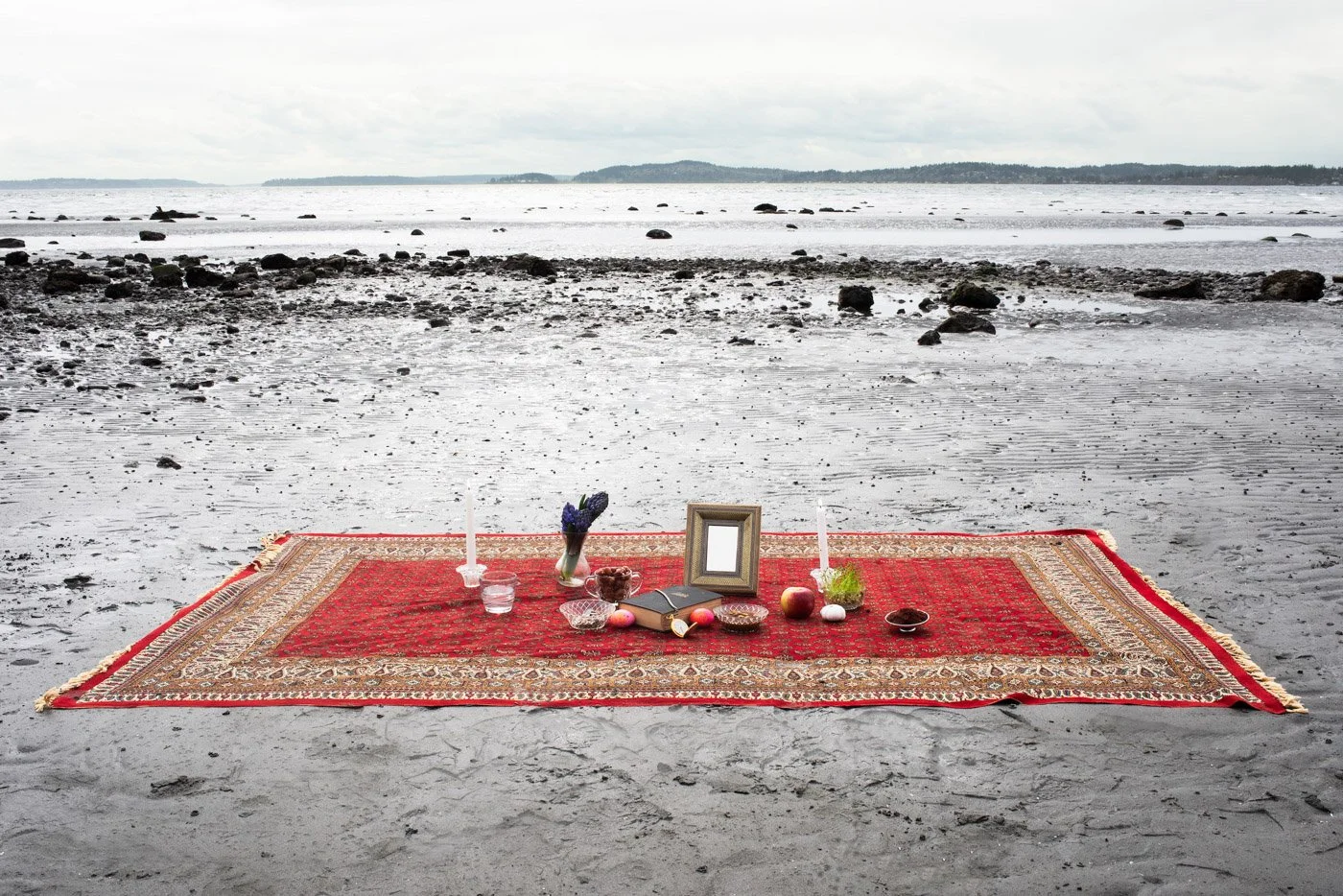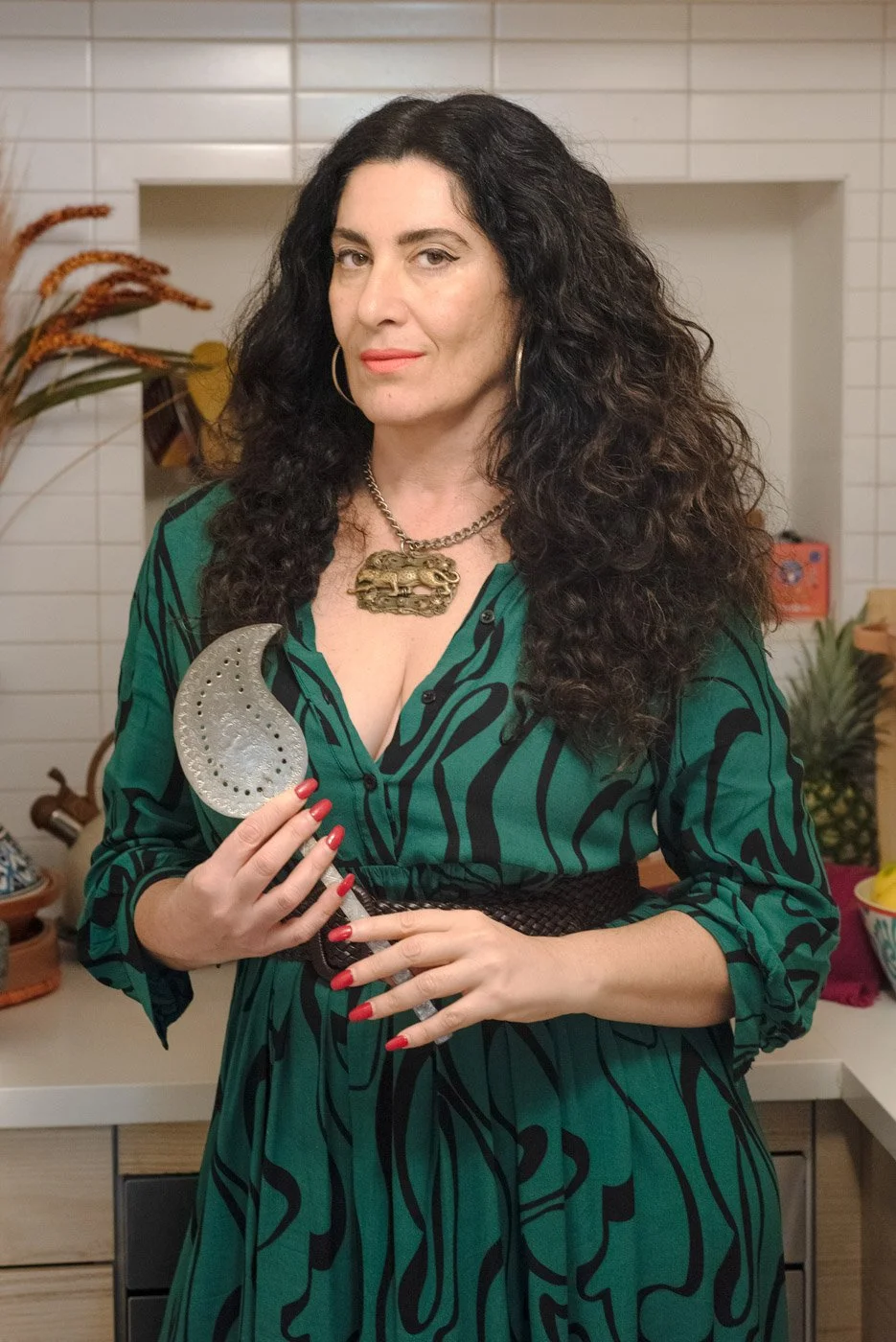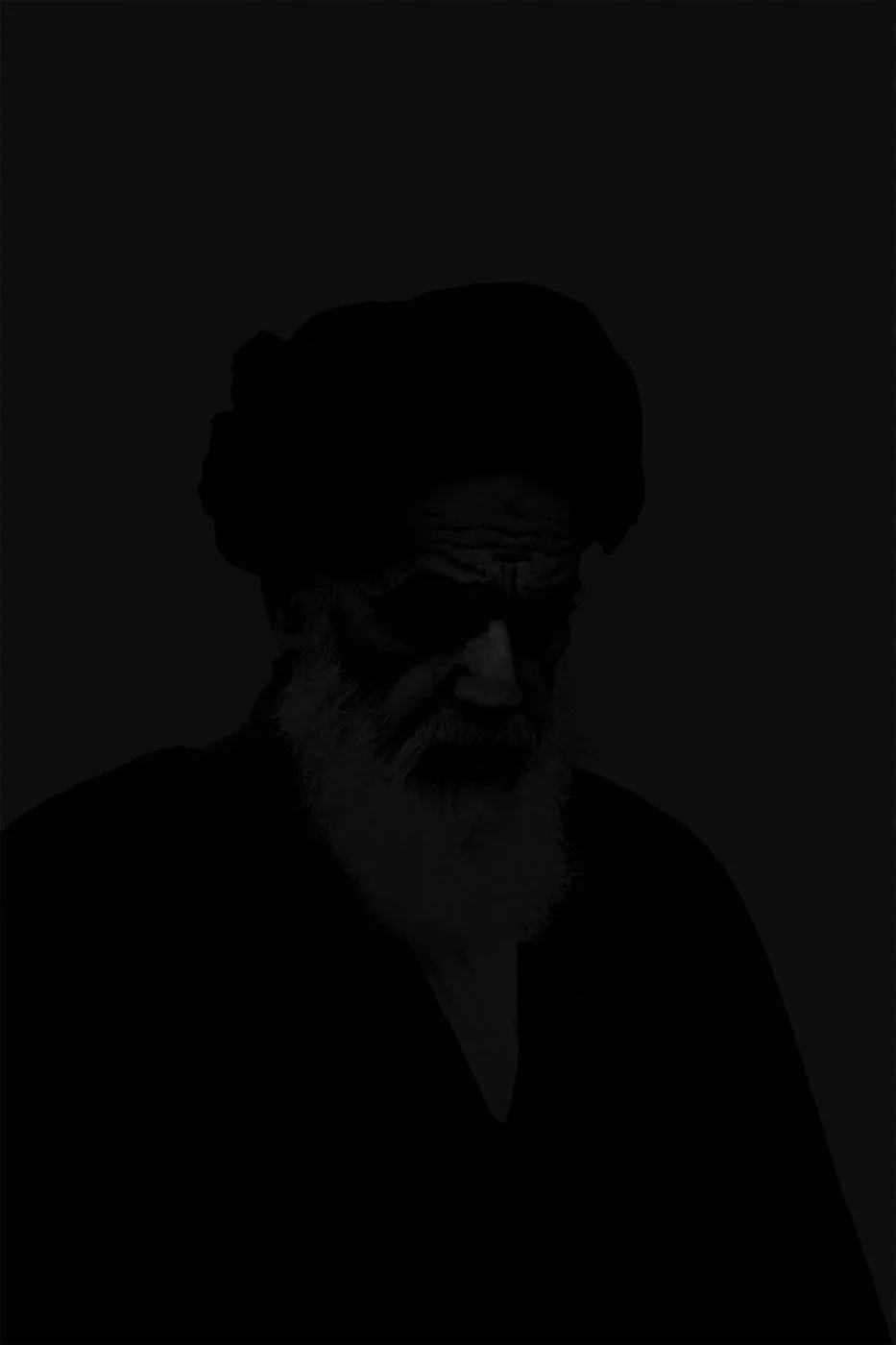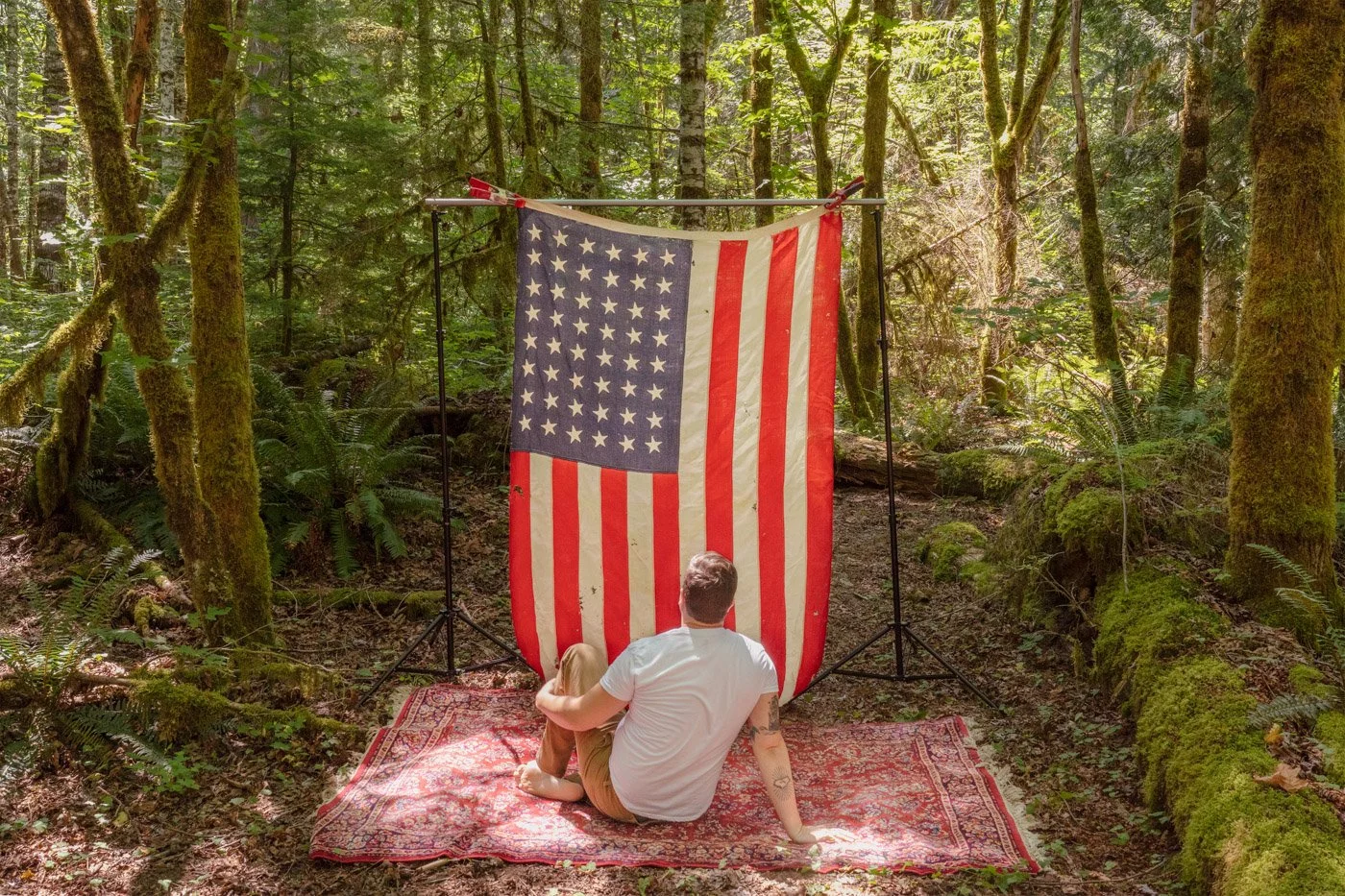Stephan Jahanshahi
Nation of Desire
Los Angeles, California





-
Nation of Desire is a fine art photography project utilizing portraiture, still life and poetry to represent the Iranian diaspora community in the US and explore my place within it. The title is taken from a conversation with one of the portrait sitters in the project who described his lived experience as a queer Iranian. He described being perpetually masked, forced to hide his queerness when in Iran and downplay his Iranian heritage in the US in response to xenophobia, thus he belonged to the liminal space of desire stretched between two cultures.
The experience of Iranians immigrating to the United States has many overlaps with broader immigration narratives, however there are also specific nuances unique to the Iranian experience in the West. The relationship between Iran and the United States has oscillated between fragilely collaborative to openly hostile. While many in the US are at least partially aware of this history, the Iranian community residing here have largely been relegated to obscurity for fear of facing xenophobia and hostility. As an Iranian American I wanted to write a love letter to my community celebrating the beauty of a people who despite incredible odds have integrated into and contributed beautifully to the mosaic of American life. I have been photographing Iranian writers, doctors, rabbis, activists, and artists, all navigating the balancing act between assimilation and maintaining a sense of self steeped in Persian culture.
To explore the specificities of carrying Iranian heritage in the west there are also still life images composed of Iranian cultural artifacts and signifiers placed in distinctly american landscapes, such as a haftsin table on a beach. Lastly there are images that I consider meditations on the tensions Iranians carry internally. The domestic interior image of a doorway veiled in human hair is an example of this interiority. I wanted to find a way to address the experience of many Iranian women who experience a division between the interior and exterior, that expressing their physicality, their humanity and their femininity could be constricted to a domestic space. Or the image of a pomegranate violently torn open with long curly hair protruding from its middle, two signifiers of Iran collided with an implied violence. In combining these varied approaches, we see how Iranian culture is carried publicly, how it shifts privately and the people tasked with carrying both.
-
Archival Inkjet Prints
